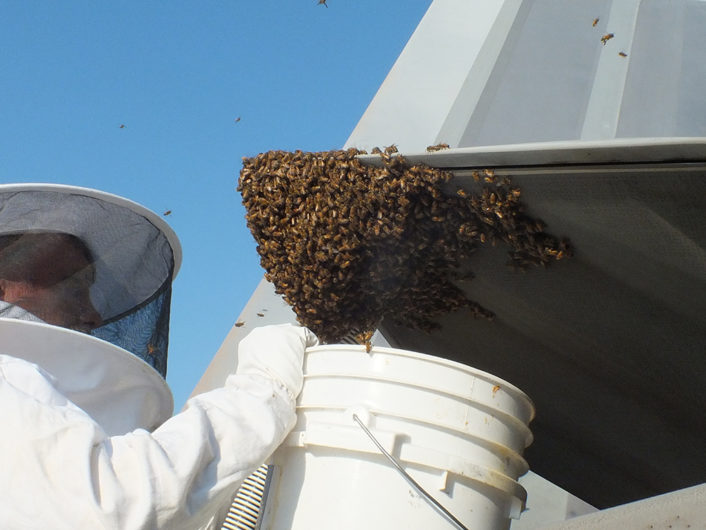- Reaction score
- 146
- Points
- 710
Pilot shortage, by air force secretary and chief of staff (note USN, USMC too):
Mark
Ottawa
The US Air Force Is Short 700 Fighter Pilots. Here’s Our Plan to Fix That.
Busier but smaller than ever, the Air Force needs higher bonuses and more family time to help compete with commercial airlines and the economy.
In our time in various leadership positions at the Pentagon, we’ve learned many important lessons. One of those might not seem so obvious: What is good for the U.S. economy sometimes creates very real challenges for our all-volunteer military. Low unemployment and hiring booms, while beneficial to the country, often make it very difficult for the armed services to recruit and retain talent.
A case in point is the growing shortage of fighter pilots. That shortfall is expected to grow from 500 to more than 700 pilots by the end of this fiscal year, a 21-percent gap between what we have and what we need to meet the requirements of our commanders around the world. It is a significant deficit and one that has gotten our closest attention. And the Air Force is not alone. The Navy and Marine Corps are facing parallel challenges as the commercial airline industry embarks on a prolonged hiring wave fueled by many of its senior pilots hitting mandatory retirement age. Add to that a recent change in requirements that new commercial airline pilots have 1,500 flight hours under their belts, and suddenly military-trained pilots become even more attractive than usual...
http://www.defenseone.com/ideas/2016/07/us-air-force-short-700-fighter-pilots-our-plan/129907/
Mark
Ottawa




